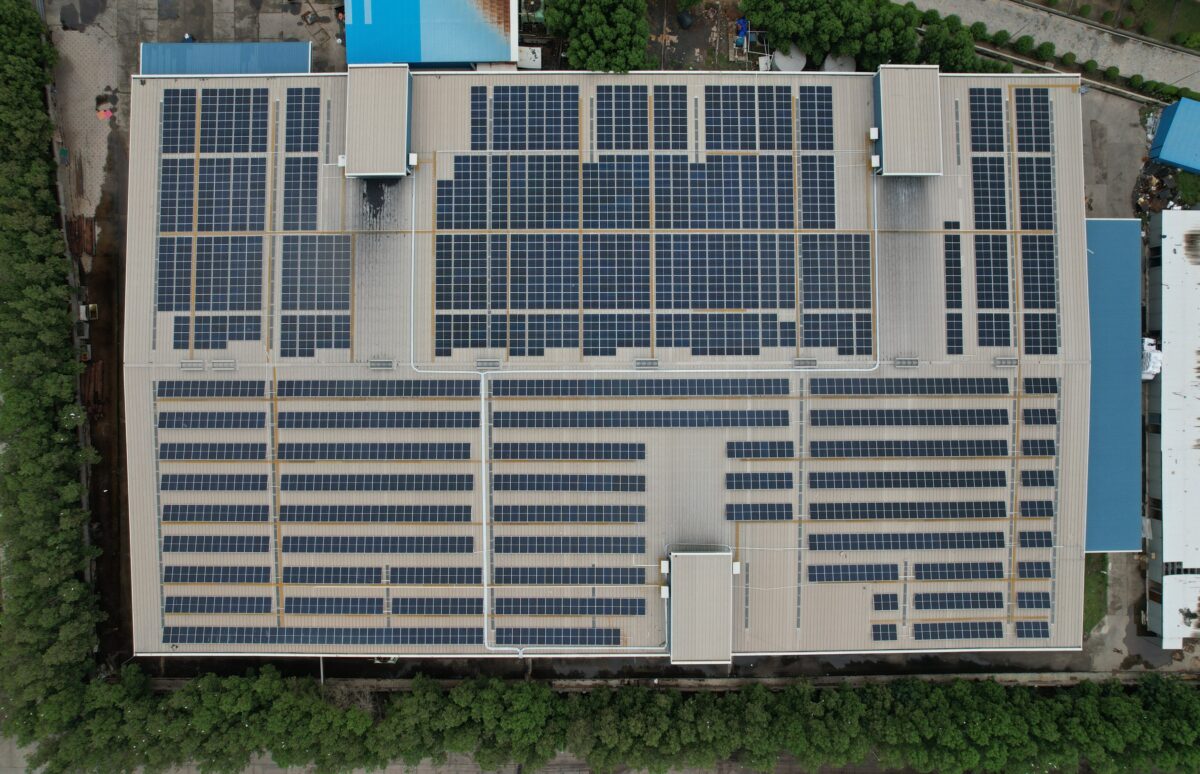The fashion industry needs significant investment in renewable energy and energy efficiency interventions to reduce its absolute emissions by 50% by 2030, the target set forth by the Fashion Industry Charter for Climate Change, which is operated under the United Nations Climate Change Secretariat.
A new report names India, one of the world’s largest apparel manufacturers, as a crucial region for impactful decarbonization interventions, with $6.5 billion required in India alone to achieve the industry’s 2030 emissions reduction target.
The report, titled Landscape and Opportunities to Finance the Decarbonization of India’s Apparel Manufacturing Sector, has been prepared by Apparel Impact Institute (Aii) in collaboration with Development Finance International Inc (DFI), with support from HSBC.
The report identifies at least $1.3 billion in readily available financing from credit lines and revolving funding schemes and estimates an additional $1.2 billion already being developed by International Financing Institutions, governments, and NGOs. The report identifies six critical interventions, including mobilizing capital with swift urgency and collaborating across the entire value chain.
“This report goes beyond exploring renewable energy and energy efficiency in India’s apparel sector –- it provides a clear path forward and offers practical guidance to close the climate finance gap and ensure proven decarbonization solutions receive the critical funding they need,” said Lewis Perkins, President of Apparel Impact Institute. “Aii plays a crucial role in connecting our industry’s stakeholders – the report’s findings on India’s capital potential are encouraging as we continue our work in helping brands, manufacturers and international finance institutions accelerate the uptake of decarbonization efforts across global manufacturing hubs.”
“As India’s apparel sector plays a pivotal role in global supply chains, decarbonizing its operations is not only essential for meeting climate goals but also for securing the future competitiveness of the industry,” said Emilio Bunge, President and CEO at Development Finance International Inc.
According to the report:
- An estimated $6.5 billion in financing is required to reduce India’s total industry emissions by 45% by 2030 through renewable energy and energy efficiency interventions. While approximately $2.5 billion is available, there is still a $4 billion financing gap in India.
- India boasts a well-established market of energy efficiency service companies, positioning the country to rapidly accelerate its decarbonization efforts.
- Increasing accessible funding – particularly in the realm of blended finance – can make decarbonization investments more affordable and can help manufacturers overcome sustainability transitions challenges, including risk constraints, unfavorable financing and limited infrastructure.
The report also outlines immediate actions for policymakers, financiers, and the industry value chain to support ongoing energy efficiency and renewable energy efforts in the country.
This content is protected by copyright and may not be reused. If you want to cooperate with us and would like to reuse some of our content, please contact: editors@pv-magazine.com.









By submitting this form you agree to pv magazine using your data for the purposes of publishing your comment.
Your personal data will only be disclosed or otherwise transmitted to third parties for the purposes of spam filtering or if this is necessary for technical maintenance of the website. Any other transfer to third parties will not take place unless this is justified on the basis of applicable data protection regulations or if pv magazine is legally obliged to do so.
You may revoke this consent at any time with effect for the future, in which case your personal data will be deleted immediately. Otherwise, your data will be deleted if pv magazine has processed your request or the purpose of data storage is fulfilled.
Further information on data privacy can be found in our Data Protection Policy.